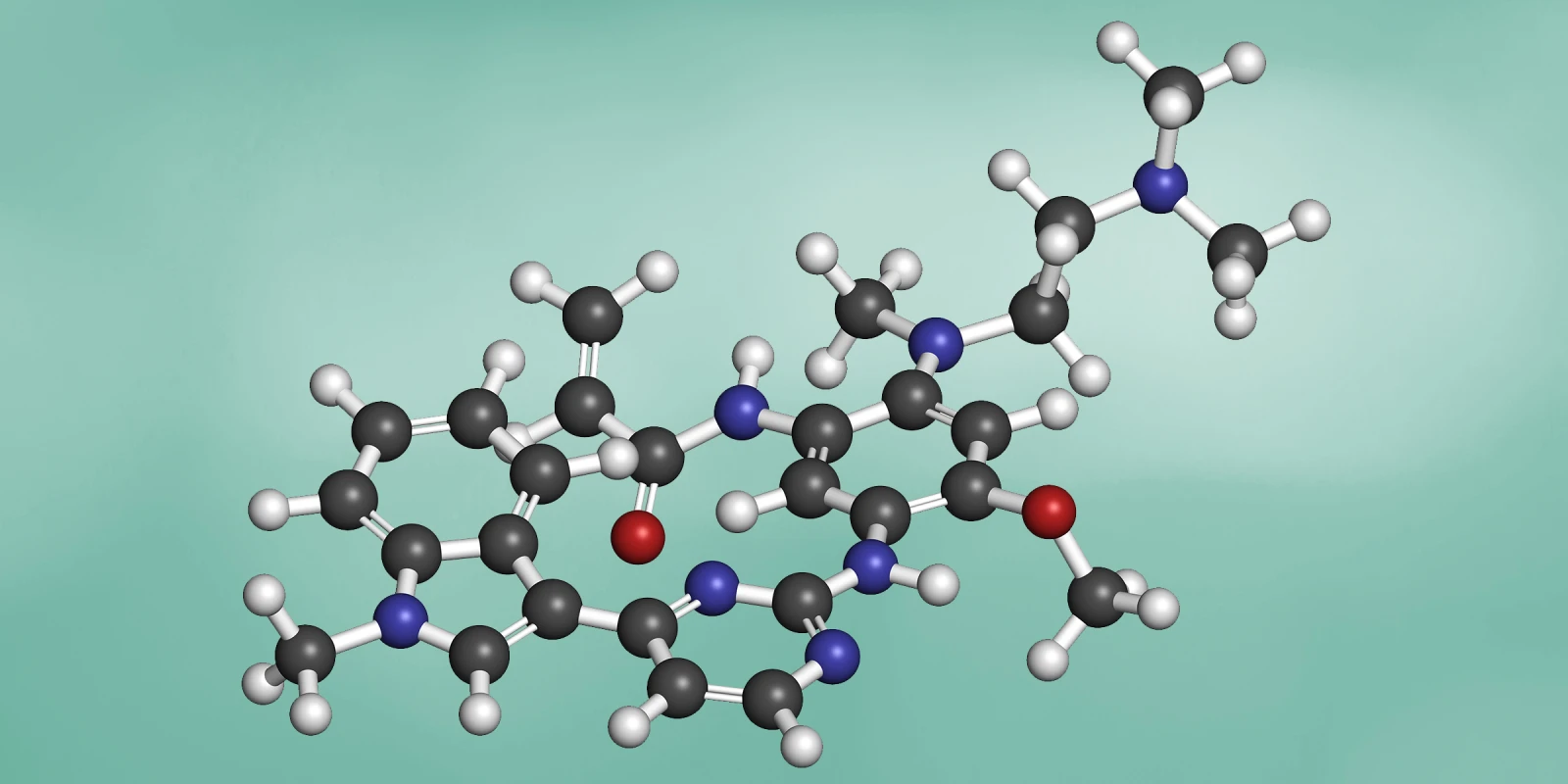Dara Baker is a 2020–2021 Doximity Research Review Fellow. Nothing in this article is intended nor implied to constitute professional medical advice or endorsement. The views expressed in this article are those of the author and do not necessarily reflect the views/position of Doximity.
In clinical practice, we often find that pharmacogenetics play an important role in the way we assess a patient’s potential response to a given medication. With the deluge of new drug options on the market in the past decade, particularly biologics, this task has proved ever more difficult. Ongoing research seeks to offer an evidence-based approach to the decision-making process.
In a recent study published in JAMA, Song et al. investigated the utility of a deep learning (DL) algorithm to quantify CT-based biomarkers of patients with non-small cell lung cancer (NSCLC). With the goal of helping to predict the efficacy of treatment with tyrosine kinase inhibitors, (TKIs), Song et al.’s approach sought to optimize tactics for assigning patients with NSCLC a TKI regimen.
The study algorithm was trained using CT images obtained from a retrospective chart review. Essentially, the new tool, known as the BigBiGAN framework, evaluated the images and extracted semantic features of those images to use as potential biomarker signatures. The algorithm multiplied the number of training images, evaluated the findings, and stratified groups into high-risk and low-risk of disease progression following TKI therapy.
To validate these semantic biomarkers, the CT images from two cohorts of Stage III/IV EGFR-variant + and wild-type NSCLC patients treated with chemotherapy were compared to the training cohort. Of a sample of 342 patients, 145 patients formed the training cohort; the rest were divided into validation cohorts. Additionally, 123 patients undergoing chemotherapy were included, and, of those, 67 had wild-type EGFR. Kaplan-Meier curves of the training and two validation cohorts were produced to compare the primary outcome of progression-free survival among the groups. The results showed that the DL training cohort generated a similar predictive value as the validation cohort for selecting patients who would be stratified in the high-risk progression group, and thus would not benefit from TKI therapy.
The results of this study highlight the direction clinical medicine is moving in an increasingly digitized world. Despite its limitations — including the morphing versions of EGFR-TKIs and relatively small cohort sizes — the study demonstrates that DL algorithms are able to streamline the analytics of our diagnostic and prognostic tools (e.g., CT scans), refining our clinical decision-making process. From this study, a DL tool may offer physicians a new approach for identifying advanced NSCLC patients who will benefit from TKI therapy, sparing those with high-risk progression NSCLC from unnecessary medication exposure with potential side effects.
Dara Baker is a fourth-year medical student at GW SMHS, returning from her yearlong fellowship at NIH as part of the Medical Research Scholars Program, 2019–2020. She is an aspiring physician-scientist, excited about research in stem cell-based medicine, immunology, small molecule regulatory pathways, and genetics.
Image by StudioMolekuul / Shutterstock







